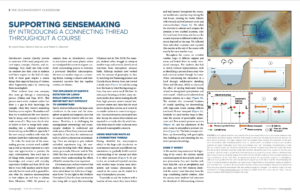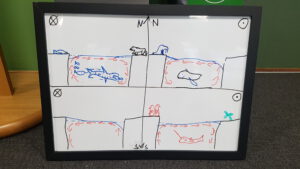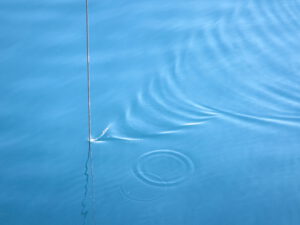
Recently published: “Supporting sensemaking by introducing a connecting thread throughout a course” (Daae, Semper, Glessmer; 2024)
Rotating fluid dynamics are super cool on the one hand (just look at my collection of DIYnamics rotating experiments, or our time on the 13m-diameter-tank-on-a-merry-go-round in Grenoble), but also super…


